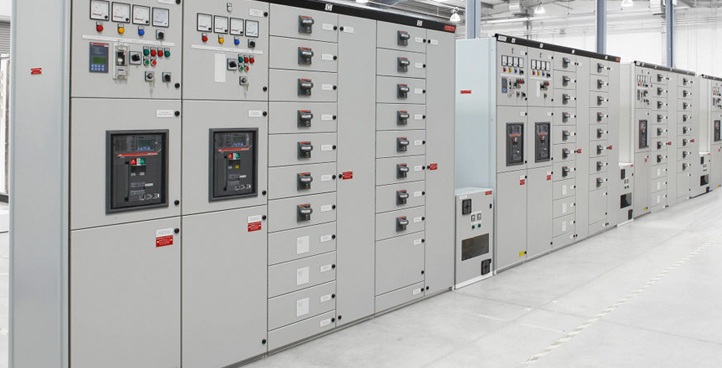ACB Panel Electrical distribution systems rely on various panels to ensure efficient power distribution and protection. Two commonly used panels in these systems are Air Circuit Breaker (ACB) panels and Low Voltage (LV) panels. While both panels serve important roles in electrical infrastructure, they differ in terms of their functionalities, applications, and operating characteristics. In this guest post, we will explore the differences between ACB panels and LV panels, shedding light on their respective features and applications.
- ACB Panels:
ACB panels house Air Circuit Breakers, which are automatic switching devices designed to protect electrical circuits from overloads, short circuits, and other electrical faults. These panels are typically used in medium to high voltage applications, ranging from 1kV to several kV. ACB panels offer the following features:
a. Circuit Protection: ACB panels provide reliable protection against electrical faults by tripping the circuit breaker in case of overcurrents or short circuits. They ensure the safety of equipment and prevent damage caused by excessive current flow.
b. Current Rating: ACB panels have a high current rating, typically ranging from hundreds to thousands of amperes. This makes them suitable for handling heavy loads and industrial applications requiring substantial power distribution.
c. Selectivity: ACB panels offer selectivity, which means that if a fault occurs in a specific section of the electrical system, only the affected circuit breaker trips, isolating the fault while keeping the rest of the system operational.
d. Operational Flexibility: ACB panels provide flexibility in terms of manually or remotely operating the circuit breakers. They often come with control systems that allow for easy monitoring, control, and protection coordination.
- LV Panels:
LV panels, also known as Low Voltage Switchgear or Power Distribution Panels, are used in low voltage applications typically ranging from 400V to 1000V. These panels serve as distribution points for electrical power within buildings, industrial facilities, and commercial spaces. LV panels offer the following features:
a. Power Distribution: LV panels receive power from the main electrical supply and distribute it to various loads throughout the facility. They house circuit breakers, switches, and other protective devices to ensure safe and efficient power distribution.
b. Load Management: LV panels allow for the control and management of individual loads or groups of loads through circuit breakers or switches. This enables selective power distribution, load shedding, and energy management within the facility.
c. Compact Design: LV panels are often designed to be compact and space-efficient, allowing for installation in limited spaces, such as electrical rooms or switchgear enclosures.
d. Protection and Monitoring: LV panels incorporate protective devices such as miniature circuit breakers (MCBs) and residual current devices (RCDs) to safeguard against overcurrents, short circuits, and ground faults. They may also include monitoring and metering elements to track energy consumption and power quality parameters.
- Applications:
ACB panels are commonly employed in medium to high voltage applications such as industrial plants, power generation stations, and large commercial installations. They are ideal for handling heavy loads, providing protection, and ensuring reliable power distribution in demanding environments.
LV panels, on the other hand, find extensive application in low voltage systems within residential, commercial, and small to medium-sized industrial buildings. They are responsible for distributing power to lighting, HVAC systems, machinery, and other electrical loads within the facility.
Conclusion:
ACB panels and LV panels are essential components of electrical distribution systems, each serving distinct purposes in different voltage ranges. ACB panels provide high current rating and robust protection for medium to high voltage applications, while LV panels efficiently distribute power and manage loads in low voltage settings. Understanding the differences between these panels helps ensure the appropriate selection and installation based on specific requirements and industry standards.
to watch Sodium Carbonate click here.



